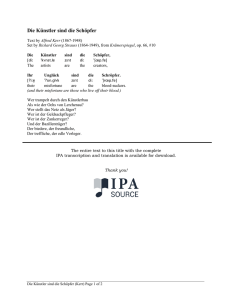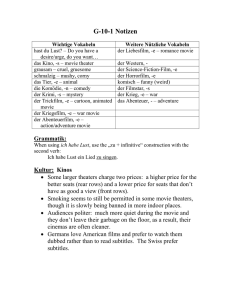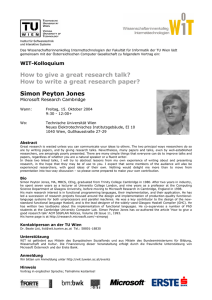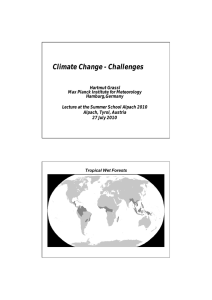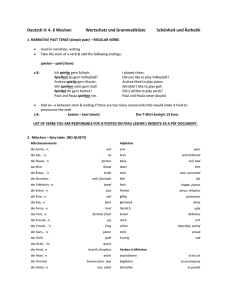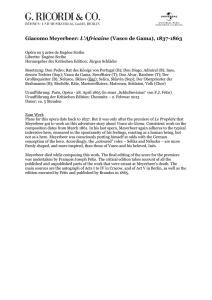mr(n) c __ = 5(s) us>, rL=l rP
Werbung
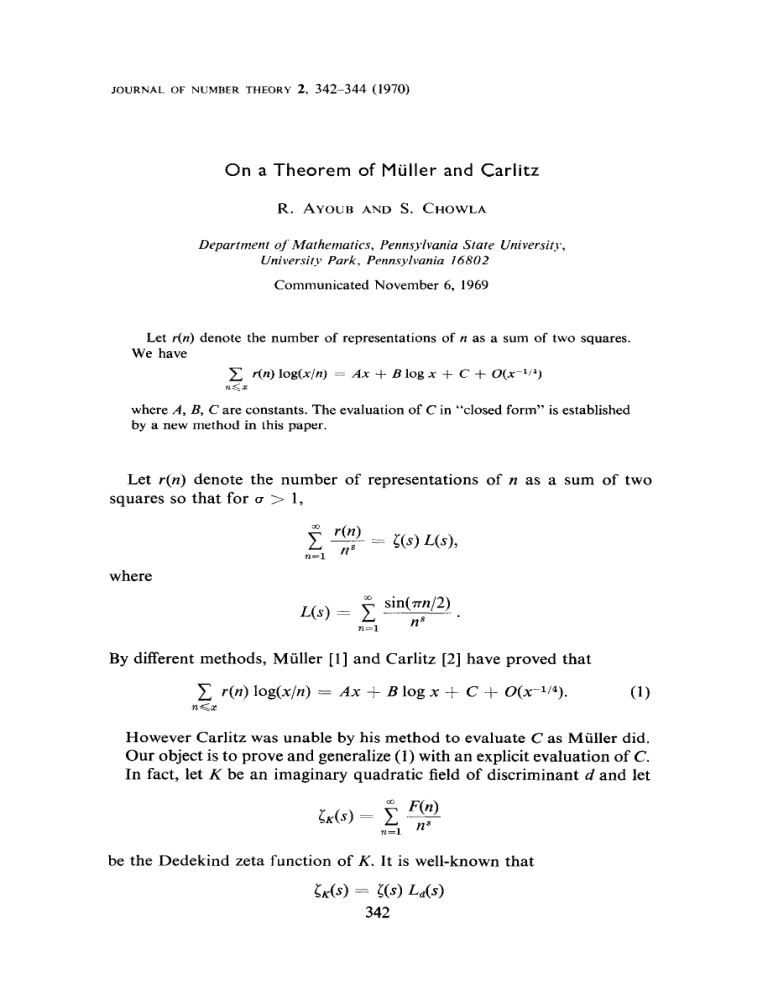
JOURNAL
OF NUMBER
THEORY
2, 342-344 (1970)
On a Theorem
of Miller
and Carlitz
R. AYOUB AND S. CHOWLA
Department of’ Mathematics, Pennsylvania State University,,
Universit.v Park. Pennsylvania 16802
Communicated
November 6, 1969
Let r(n) denote the number of representations of n as a sum of two squares.
We have
?,Tz r(n) log(x/n) = Ax -t B log x + C + 0(x-l/‘)
where A, B, C are constants. The evaluation of C in “closed form” is established
by a new method in this paper.
Let r(n) denote the number of representations of n as a sum of two
squares so that for u > 1,
r(n)= 5(s)us>,
cm__
rP
rL=l
where
By different methods, Mtiller [I] and Carlitz [2] have proved that
n;z r(n) log(x/n) = Ax + B log x + C + O(X+/~).
(1)
However Carlitz was unable by his method to evaluate C as Mtiller did.
Our object is to prove and generalize (1) with an explicit evaluation of C.
In fact, let K be an imaginary quadratic field of discriminant d and let
be the Dedekind zeta function of K. It is well-known that
LA4 = 5w hzw
342
THEOREM
where c(s) is the Riemann
OF
MijLLER
AND
CARLITZ
343
zeta function and
with
x&r) = 0g = Kronecker symbol.
In case K = Gaussian field, then F(n) = *r(n). By a well-known formula
(2)
It follows by classical methods using the functional equation combined
with van der Corput’s lemma giving for all real II,
Te-tiuogt-w)
<
IS --===dt
z/t
26
0
(E. Landau, “Einfiihrung
in die elementare und analytische Theorie
der algebraischen Zahlen und der Ideale,” Zweite Auflage, Satz 204,
Chelsea Publ. Co., New York, 1949) moving the line of integration to
0 = --l/4, that
a& F(n) lo&c/n)
= L&)x
+ R + O(xd4),
(3)
where R is the residue at s = 0.
However from the expansions
XS
and
&c(s) = MO) + 5KYO)S+ ...
it is seen that the residue at s = 0 is given by
R = GAO) log x + 5~‘(01
Now it is well-known that
MO) = 5(O) w-9
= --h/w,
(4)
(5)
where h is the class number and w is the order of the group of roots of
unity in K.
344
AYOUB AND CHOWLA
It now remains to evaluate C = J!&‘(O).
We have
r,‘(o) = 5’(O) Ld(O) i
(6)
5(O) L’(O).
However, it is easily seenthat
IdI-
(7)
where <(s, a) is the Hurwitz zeta function. It is known that
{(O, a) = 4 - a,
<‘(O, a) = log r(a) - 3 log 257.
63)
Inserting these values in (6), and simplifying we get
&I(O) = G [log !&!I
- i “i’
x&r) log I’(r/I d I).
P=l
In the case of the Gaussian field, h = 1, w = 4, d = -4, and
r4w41
45KYO) = -1% -jq,
as given by Mi.iller.
REFERENCES
1. CLAUS
Univ.
2.
M~.?LLER,
Hamburg
CARLITZ,
Eine Formel der analytischen Zahlentheorie,
19 (1954),
Abh. Mat. Sem.
62-65.
L.
A formula connected with lattice points in a circle, Abh. Mat. Sem.
Univ. Hamburg 21 (1957), 87-89.

